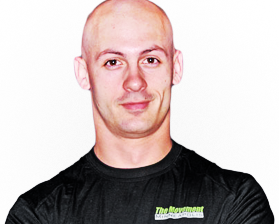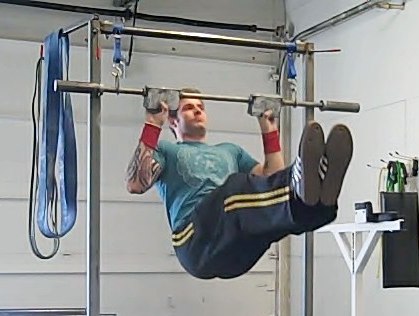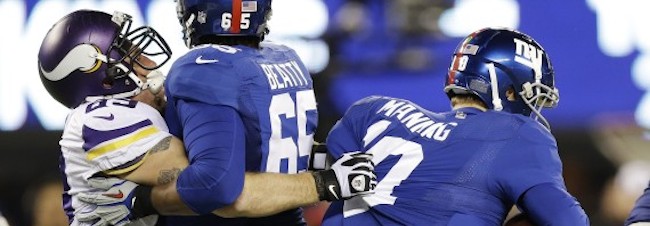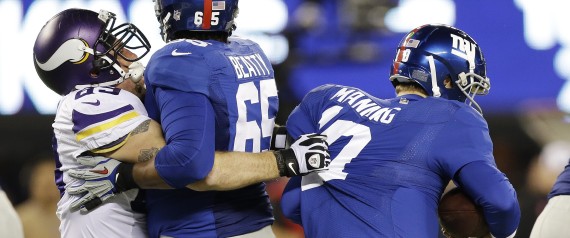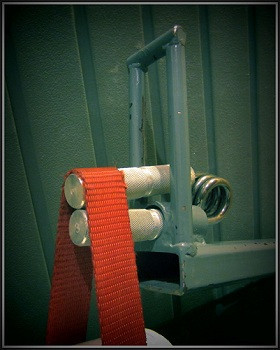
The old lifting adage is that if you can’t hold onto it, you can’t lift it. This is pretty obvious, and it doesn’t really give you any new information to work with. If it’s supposed to be a motivator to train grip strength, it doesn’t seem to be working.
Let me tell you what IS a motivation to train your grip: being able to pick up something that others can’t even budge off the ground because their fingers slip right off it. Success breeds success, and that kind of thing breeds an awfully strong desire for more success. Like this:
That lift alone was enough motivation for another year of grip training. Most people will never even budge an Inch dumbbell off the floor.
What is Open Hand Strength?
Open-hand grip training is the kind of grip training that allows you to pick up large, awkward objects without convenient handles. These are things that are big enough that they prevent you from wrapping your thumb around your fingers as in a traditional barbell lift or lifting something with a thin handle. Hence, open hand. Common lifting objects to test and train this type of grip strength include:
York blobs, which are heads of old York dumbbells that have been cut off. Lifting a York 50 is considered an elite level of grip strength:
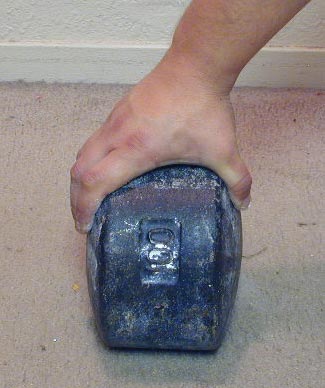
Fat handled dumbbells, such as the famous Thomas Inch dumbbell, or modern circus bells like the Sorinex Bosco Bell.
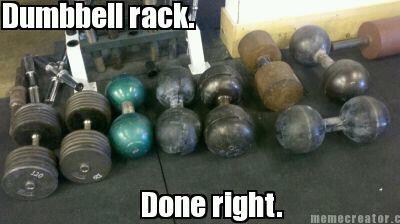
Axles are incredibly popular in strongman competition, as well as forming a cornerstone of the grip sport trio of lifts.
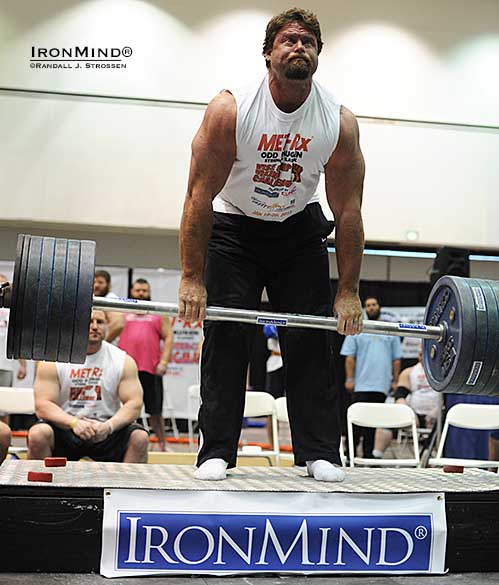
The Rolling Thunder rotating handle from Iron Mind is another staple in the grip athlete’s arsenal.
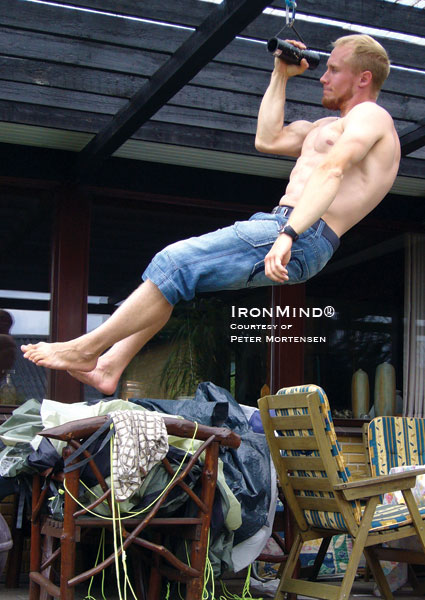
Train It
You want to train your hands to pick up large objects. Good.
First thing’s first, if you’re willing to spend a little money than you need to get yourself some Fat Gripz. I feel like a broken record because I write about them so often. Here’s the thing, though: Prior to the invention of these cheap and handy silicone sleeves, you had to spend at least several hundred dollars on hard-to-find equipment. Now, for about forty bucks, you can turn anything into a fat-handled object.
Simplest thing to do? Put Fat Gripz on everything you do for 8 weeks. Pull-ups, deadlifts, rows, and presses. The works. You will see you hand strength go through the roof.
Next simplest hand-strengthener: Meander over to the dumbbell rack. Stand a dumbbell on its end on the ground. Grab it from the top with your fingers and thumb. Try to pick it up. Adjust the weight accordingly.
One of my favorite things to do with any grip lift is a 2-minute deadlift challenge. See how many times you can pick it up off the ground in two minutes. You can either stick to one hand at a time, or use both.
The big picture for training open-hand strength is to start with something that you can’t wrap your hand all the way around, and pick it up. If it’s too hard, make it a little bit lighter or easier. If it’s too easy, make it a bit more challenging.
Ready for a Challenge?
I don’t know where it originated, but a couple years ago my friends Adam T. Glass and Matt Brouse started doing this fat dumbbell challenge as a way to progress towards the Inch dumbbell. It’s a genius way to train because you get a very different training stimulus from each the three movements. Here’s what you do:
Load a fat dumbell handle (or Fat Gripz on a regular dumbbell handle) with an amount of weight that you can one-arm snatch. Work up to your max snatch that way.
Now add more weight, working up to a clean max.
Finally, continue adding weight until you work up to a deadlift max.
You can also train this in reverse, but the idea remains the same.
I haven’t tried this particular challenge in a while, so I’ll post my score later this week. Give it a shot, and post your numbers in the comments.

